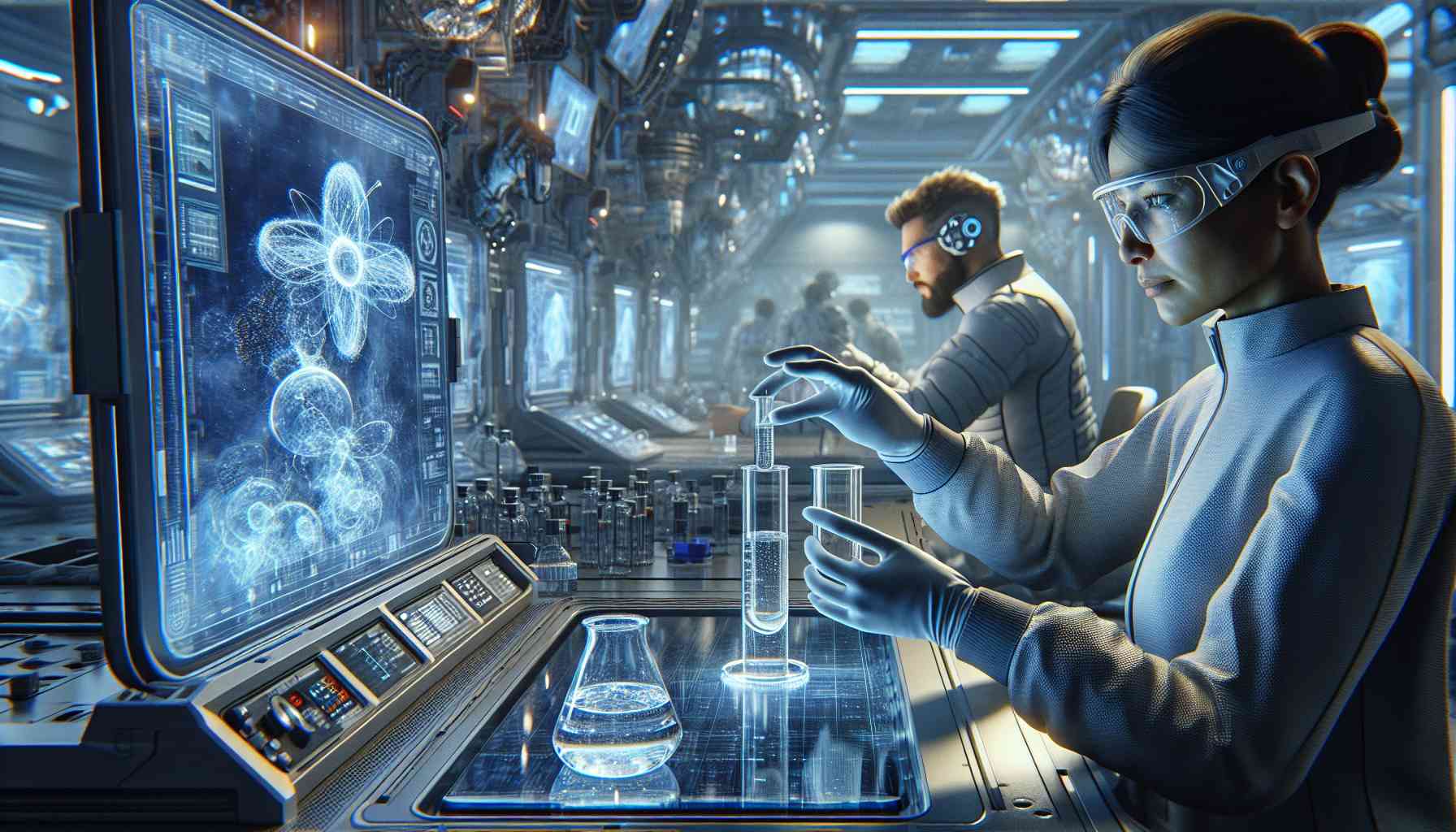Researchers from Washington State University have made significant progress in the search for liquid solvents that can be used to extract critical building materials from lunar and Martian rock dust. This development is a crucial step towards enabling long-term space travel and colonization.
Led by Soumik Banerjee, an associate professor in WSU’s School of Mechanical and Materials Engineering, the team utilized machine learning and computational modeling techniques to identify approximately six potential solvents capable of extracting materials suitable for 3D printing on the moon and Mars. These solvents, known as ionic liquids, are salts that exist in a liquid state.
Banerjee explained that the machine learning approach allowed them to efficiently narrow down their selection from a vast number of options, while also gaining insights into the key factors that determine a solvent’s dissolution capabilities. The ability to dissolve materials is crucial for utilizing the available resources and conducting 3D printing operations in extraterrestrial environments.
NASA, which funded this research as part of its Artemis mission, aims to send humans back to the moon and further into space. To achieve this, astronauts need to utilize the resources on these celestial bodies, as carrying everything from Earth would be impractical. The acquisition of building materials should also be environmentally friendly and energy efficient, without relying on water, which is scarce on the moon.
Ionic liquids, which have been studied extensively by Banerjee’s group for battery applications, offer potential as a solution. By using machine learning and atomic-level modeling, the researchers were able to narrow down their extensive list of candidates to the most promising options. These solvents have the potential to dissolve lunar and Martian materials, extract essential elements such as aluminum, magnesium, and iron, and potentially generate oxygen or water as byproducts for life-support systems.
The research team intends to conduct further laboratory testing of the identified ionic liquid candidates using lunar regolith-type materials. These findings bring scientists one step closer to enabling sustainable and self-sufficient space exploration and colonization by utilizing available resources in an efficient and environmentally conscious manner.
The source of the article is from the blog klikeri.rs

